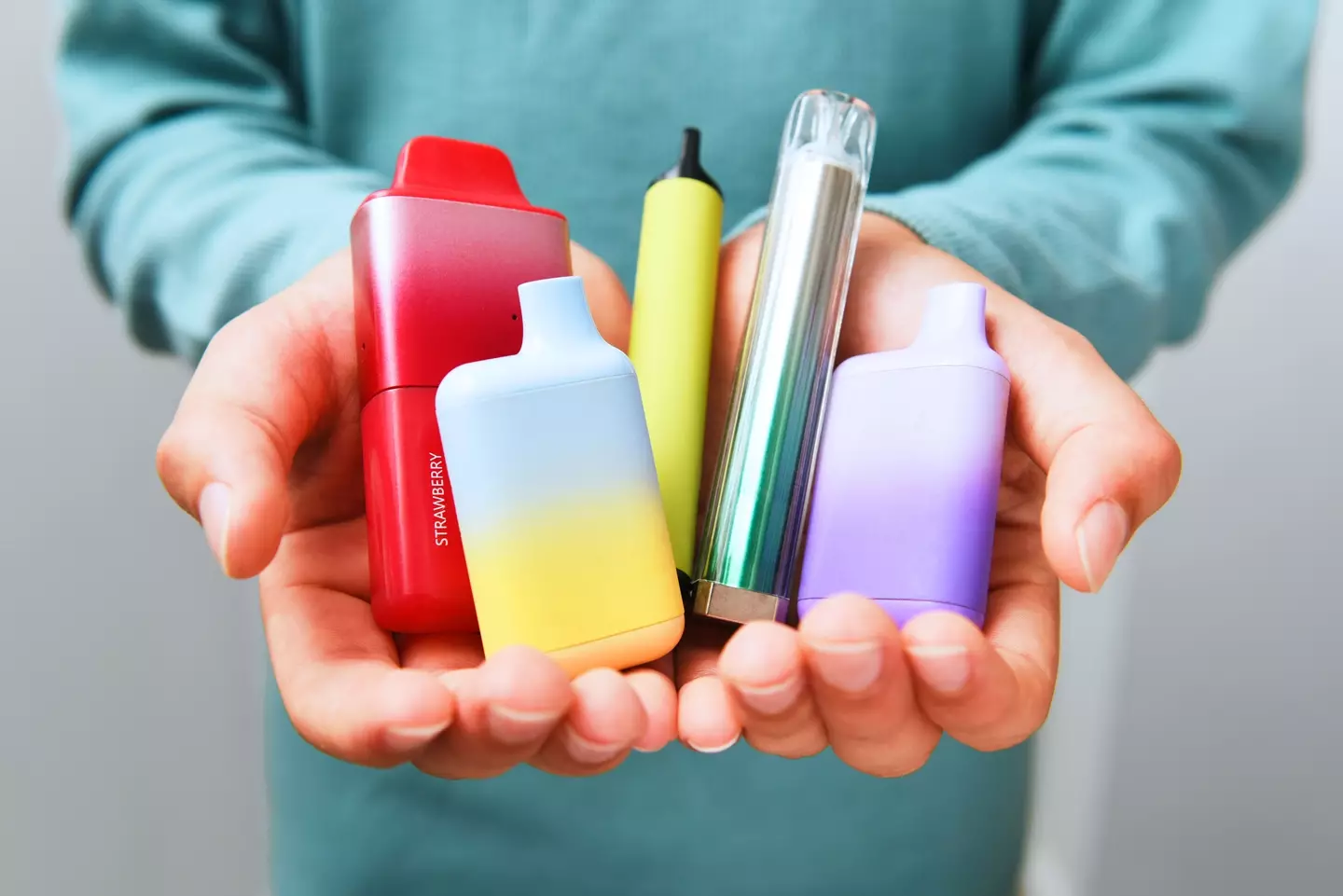Recent research highlights potential health implications of a new vaping method.
While vaping was originally intended as a smoking alternative, the long-term health effects remain largely unknown.
A study conducted by the University of Florida suggests that using a particular vape attachment might carry health hazards.
This study focused on a selection of disposable vapes and discovered that the mouthpieces might host a harmful fungus.
University researchers found that more than half of the vapes tested were colonized with fungi, which could pose health risks.
Dr. Jason Smith, a co-author of the study, told New Scientist: “The residues left behind inside the vape device may provide a food source for moulds to grow.”

Samples from the devices were analyzed and compared to each person’s mouth to verify that the fungi originated from the vape’s mouthpiece.
The most prevalent fungus identified is Cystobasidium minutum, known to potentially cause blood infections in individuals with compromised immune systems.
Researchers also noted that vape contamination could lead to chronic obstructive pulmonary disease (COPD), a group of lung diseases that hinder breathing.
COPD encompasses conditions such as emphysema, which damages lung air sacs, and chronic bronchitis, characterized by long-term airway inflammation.

Symptoms of COPD include shortness of breath, persistent coughing, frequent chest infections, and continuous wheezing.
Lead researcher Dr. Borna Mehrad stated: “We found that the fungus that was most prevalent in the vape samples caused features of chronic bronchitis in mice.”
Following the study, scientists urge vape users to regularly clean their mouthpieces to prevent fungal contamination.
Though vaping research is still emerging, some studies are beginning to address its concealed dangers.
Additionally, a recent YouTube video illustrates what occurs when vape chemicals enter the body.
Produced by The Infographics Show, the video depicts how these chemicals affect the lungs, leading to mucus accumulation in the alveoli, crucial for oxygen intake.
The simulation shows that chemicals have a ‘paralytic effect’ on the lungs and respiratory cilia, requiring weeks to recover.
After cilia damage, the body can become more prone to infections and illnesses, according to medical experts.
There have been disturbing accounts of vaping-related incidents, including a teenager who nearly died from ‘brain swelling’ after sharing a vape, and a man who faced a one percent chance of survival due to addiction.

